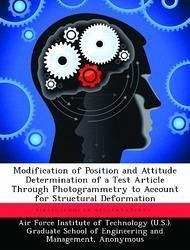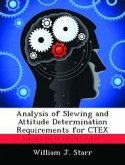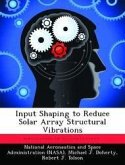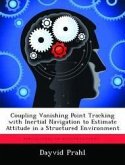The Arnold Engineering Development Center (AEDC) at Arnold AFB, TN currently has a computer program which, through a process known as photogrammetry, combines multiple 2D images of a wind tunnel test article, affixed with numerous registration markers, and the known 3D coordinates of those markers. It can then accurately determine the unknown position and attitude of the test article relative to the wind tunnel. The current algorithm has a problem in that it assumes the test article is a rigid body, when, in fact, the test article experiences deformation under aerodynamic loads. Due to this deformation, the 3D coordinates of the markers are not precisely known. This research looks at modifying the current program to account for this deformation and to improve the accuracy of the position and attitude determination of the test article. The current program uses the Levenberg-Marquardt method of multi-parameter optimization to solve for the unknown parameters of position and attitude. In this work, deformation is modeled in two modes, simple parabolic bending and linear twisting, and uses the L-M method to solve for these additional parameters. This work also determines the minimum number of targets and cameras required to obtain the maximum accuracy. It varies the model targets from about 20 to 200, and looks at using 1, 2, 4, 6, and 8 cameras. The results are a great improvement in accuracy over the original program. The results also show that optimal accuracy is obtained with approximately 50 targets and 2 cameras. Any more than this produces an extremely small improvement in accuracy, with no real added benefit. It is clear that by adding simple bending and twisting parameters to the list of unknowns in the L-M solver, a much greater accuracy can be achieved in the determination of the position and attitude.
Hinweis: Dieser Artikel kann nur an eine deutsche Lieferadresse ausgeliefert werden.
Hinweis: Dieser Artikel kann nur an eine deutsche Lieferadresse ausgeliefert werden.








